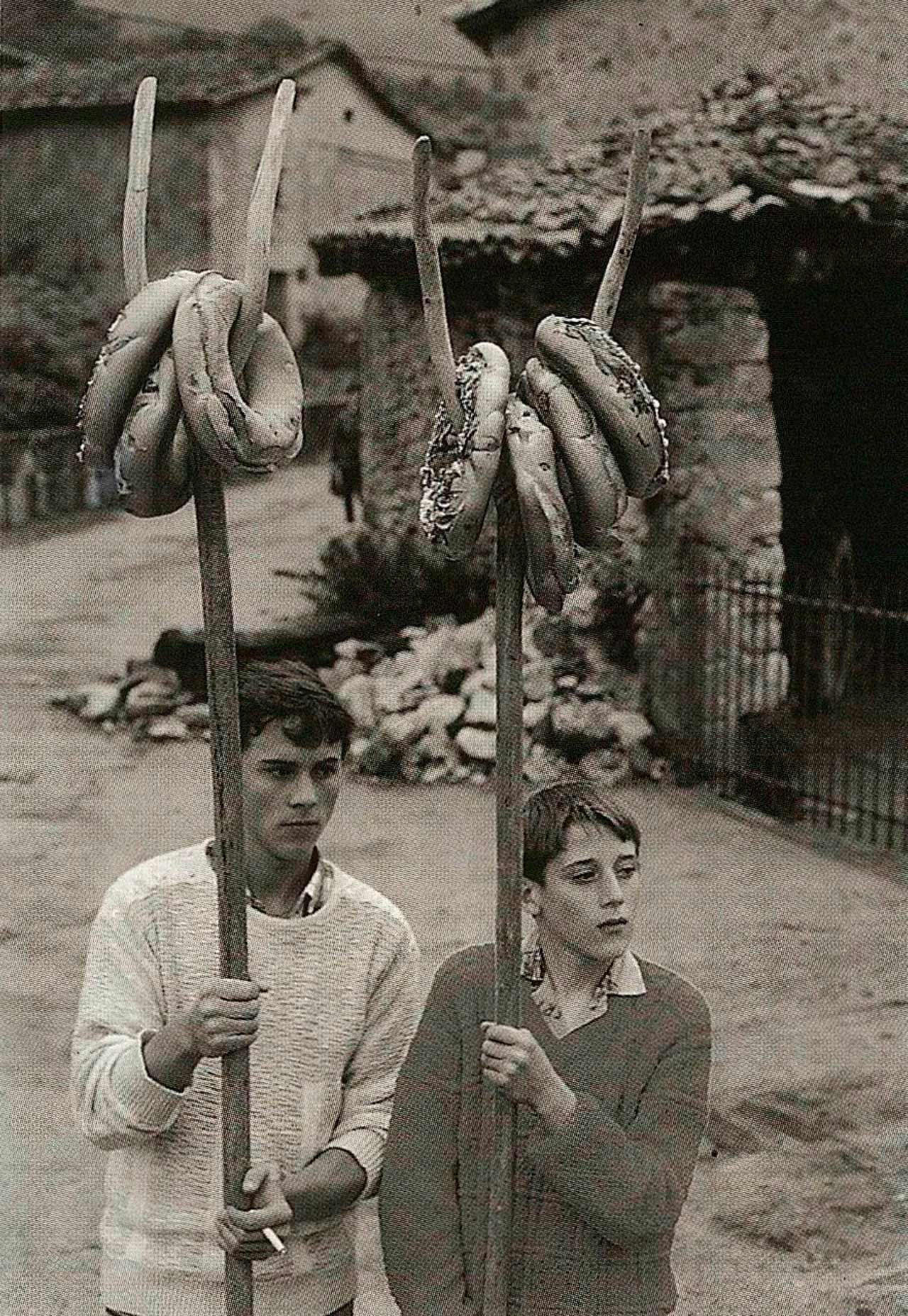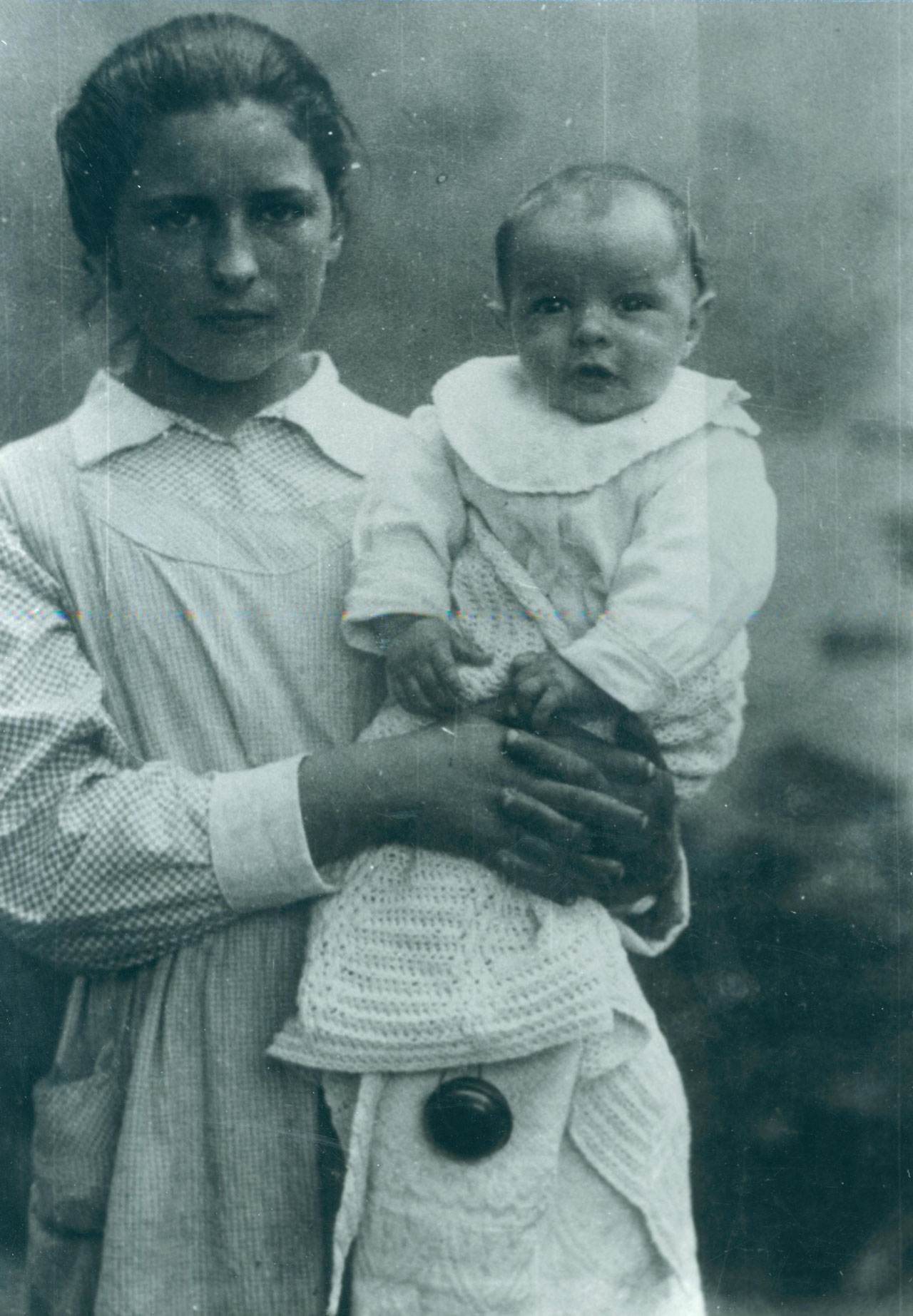Main Page/en
De Atlas Etnográfico de Vasconia
Revisión del 12:45 27 ene 2020 de Admin (discusión | contribuciones)
Cooking on the hearth. Apellániz (A), 1981. Source: López de Guereñu, Gerardo. “Apellániz. Pasado y presente de un pueblo alavés” in Ohitura 0, Vitoria-Gasteiz: Chartered Government of Álava, 1981.
House and Family in the Basque Country


House and Family in the Basque Country
The kitchen in the farmsteads was where people would usually gather together and was at the heart of family life.
Family Diet in the Basque Country


Family Diet in the Basque Country
ENLACE
Children’s Games in the Basque Country


Children’s Games in the Basque Country
Korruka Al corro de las patatas, naranjas y limones, como comen los señores, alupé, alupé, sentadito me quedé.
Traditional Medicine in the Basque Country


Traditional Medicine in the Basque Country
Osasuna galtzen duenak dena galtzen du. If you don’t have your health, you don’t have anything.
Nursemaid. Zeanuri (B), 1924. Source: Labayru Fundazioa Photograhic Archive: Felipe Manterola Collection.
Rites from Birth to Marriage in the Basque Country


Rites from Birth to Marriage in the Basque Country
Until the mid-twentieth century women gave birth at home with the help of a midwife and women relatives and neighbours. Giving birth was almost exclusively a female domestic occasion exclusively concerning females.
Funeral Rites in the Basque Country


Funeral Rites in the Basque Country
Jaiotzetik heriotza zor. When you begin to live, you being to die.
Grazing in Eneabe. Zeanuri (B), 1996. Source: Labayru Fundazioa Photograhic Archive: José Ignacio García Muñoz.
Ganaderia y pastoreo en Vasconia


Ganaderia y pastoreo en Vasconia
Two millennia ago Pliny distinguished Vasconum saltus, humid and wooded, from Vasconum ager, with its grain fields and vineyards. That distinction still remains today, with regard to livestock farming.
Agricultura en Vasconia


Agricultura en Vasconia
Flax fields and market gardens were the areas of the farm that required the greatest care, the pride of the farmer’s property and a cornerstone of the family’s wealth.








